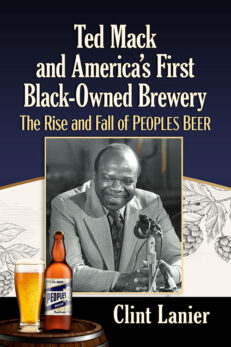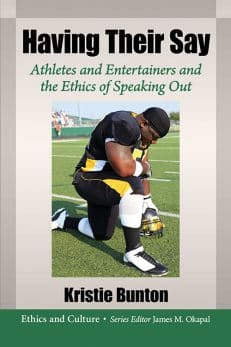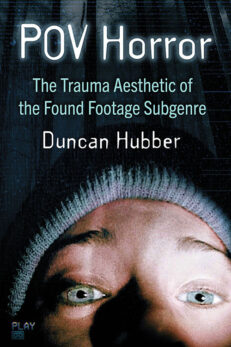POV Horror
The Trauma Aesthetic of the Found Footage Subgenre
$65.00
In stock
About the Book
Drawing together strands of film theory and psychology, this book offers a fresh assessment of the found footage horror subgenre. It reconceptualizes landmark films—including The Blair Witch Project (1999), Cloverfield (2008), Paranormal Activity (2009), and Man Bites Dog (1992)—as depictions of the lived experience and social legacy of psychological trauma. The author demonstrates how the frantic cinematography and ambiguous formulation of the monster evokes the shocked and disoriented cognition of the traumatized mind. Moreover, the frightening effect of trauma on society is shown to be a recurring theme across the subgenre. Close textual analysis is given to a wide range of films over several decades, including titles that have yet to receive any academic attention.
Divided into four distinct sections, the book examines how found footage horror films represent the effects of historical and contemporary traumatic events on Western societies, the vicarious spread of traumatic experiences via mass media, the sublimation of domestic abuse into haunted houses, and the viewer’s identification with the monster as an embodiment of perpetrator trauma.
About the Author(s)
Bibliographic Details
Duncan Hubber
Format: softcover (6 x 9)
Pages: 245
Bibliographic Info: 14 photos, filmography, notes, bibliography, index
Copyright Date: 2024
pISBN: 978-1-4766-9155-8
eISBN: 978-1-4766-5094-4
Imprint: McFarland
Table of Contents
Introduction 1
One. Buried Tapes: The Belated Experience of Found Footage Horror 9
Two. Into the Woods: American Historical Trauma in The Blair Witch Project, The Last Broadcast and Willow Creek 52
Three. Out of the Rubble: Post-9/11 Global Trauma in Cloverfield, REC, Pandemic, and The Bay 87
Four. Always Watching: Domestic Trauma in Paranormal Activity and Lake Mungo 121
Five. The Monster’s Gaze: Perpetrator Trauma in Cannibal Holocaust, Man Bites Dog, Gang Tapes, and Zero Day 147
Conclusion 190
Filmography 195
Chapter Notes 201
Bibliography 221
Index 235
Book Reviews & Awards
• “Will be indispensable to the academic study of contemporary horror cinema.”—Kevin Heffernan, author of Ghouls, Gimmicks and Gold: Horror Films and the American Movie Business, 1952–1968
• “A significant contribution to the study of the connection between horror cinema and trauma studies.”—Shellie McMurdo, University of Hertfordshire






